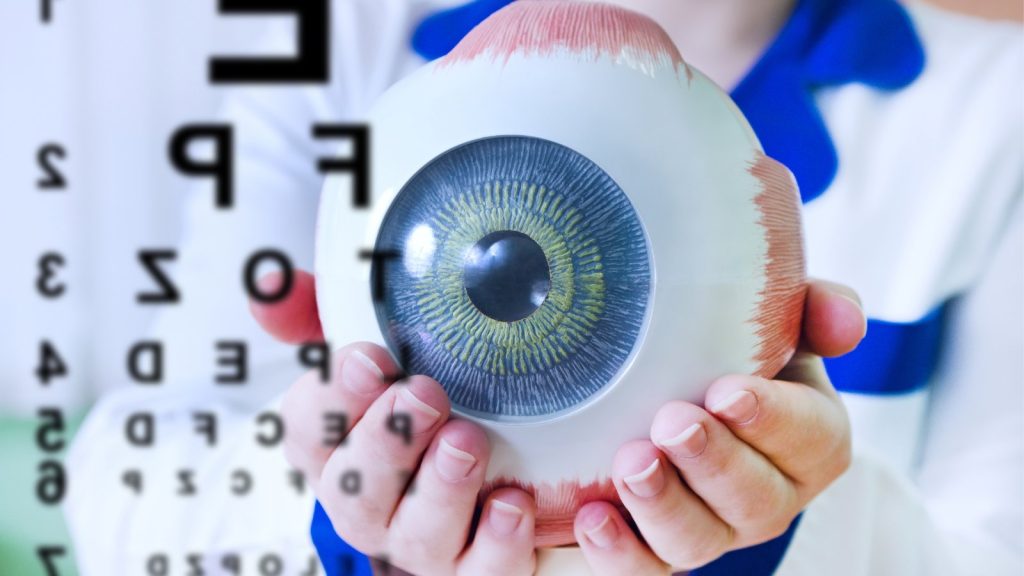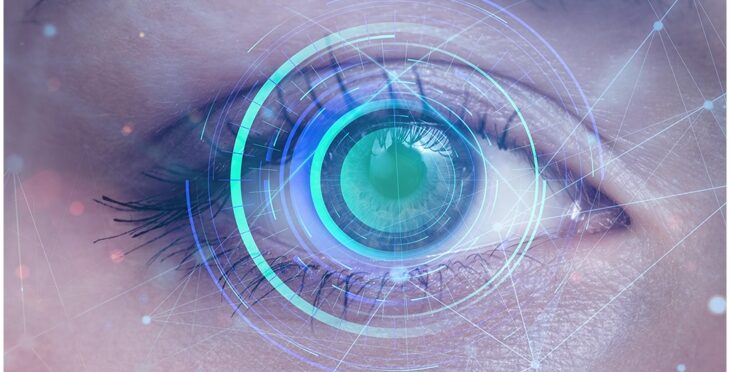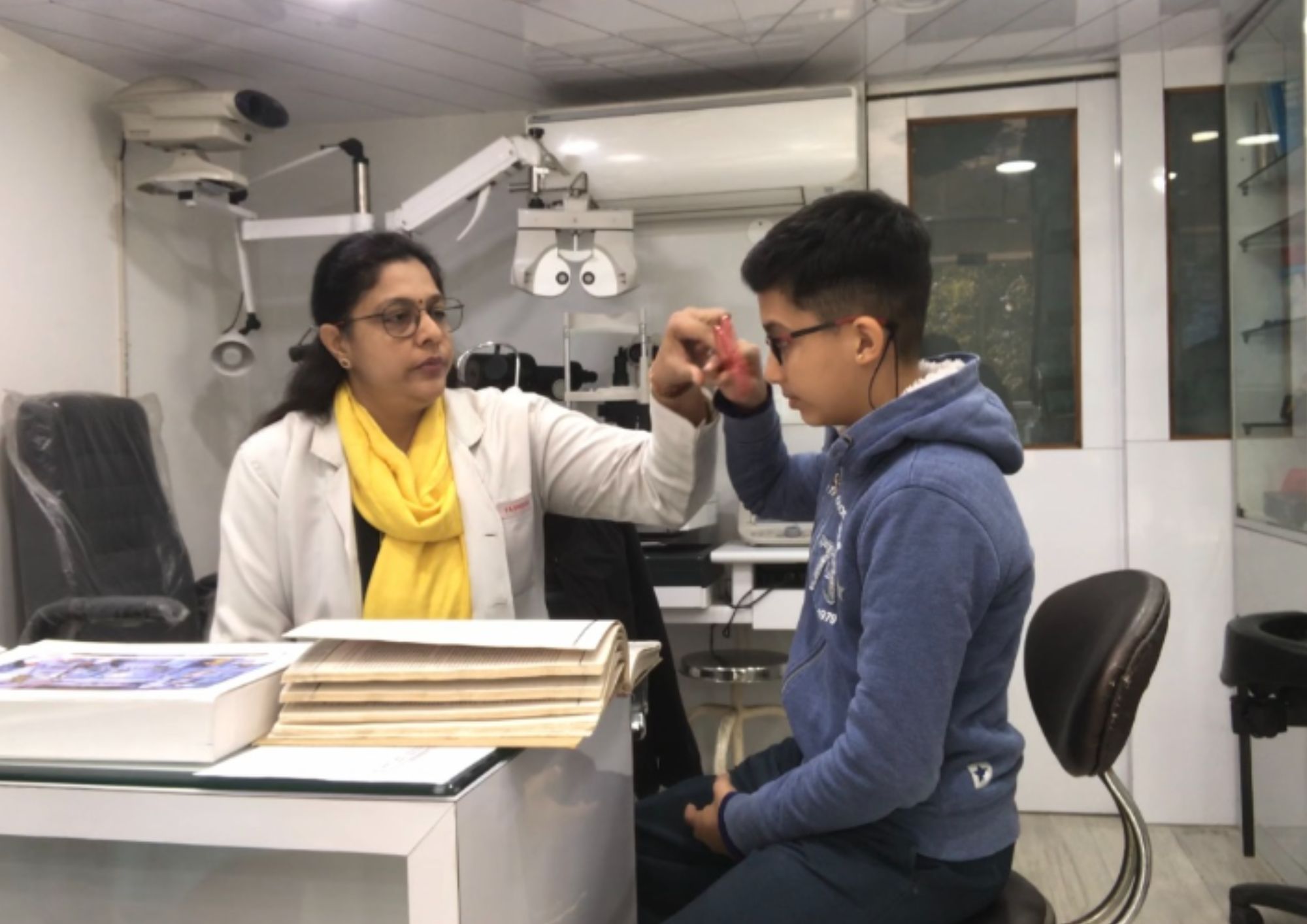Premier Eyecare Near Me: Expert Vision Services Available
Premier Eyecare Near Me: Expert Vision Services Available
Blog Article
The Duty of Advanced Diagnostic Equipment in Identifying Eye Disorders
In the world of ophthalmology, the utilization of advanced diagnostic tools has actually changed the early recognition and management of different eye disorders. As the demand for precise and timely medical diagnoses continues to grow, the assimilation of sophisticated tools like optical comprehensibility tomography and visual field screening has actually ended up being vital in the world of eye care.
Value of Very Early Diagnosis
Very early medical diagnosis plays an essential function in the effective monitoring and treatment of eye problems. Prompt recognition of eye conditions is vital as it permits timely treatment, possibly avoiding more development of the condition and minimizing long-lasting problems. By identifying eye conditions at a beginning, health care carriers can provide suitable treatment strategies tailored to the particular problem, eventually resulting in much better results for people. Additionally, early diagnosis makes it possible for people to access essential assistance services and sources earlier, enhancing their total quality of life.

Technology for Spotting Glaucoma
Advanced diagnostic technologies play an important function in the early discovery and tracking of glaucoma, a leading source of permanent blindness worldwide. One such modern technology is optical comprehensibility tomography (OCT), which offers in-depth cross-sectional pictures of the retina, permitting the dimension of retinal nerve fiber layer density. This measurement is important in evaluating damages caused by glaucoma. An additional innovative tool is visual area screening, which maps the sensitivity of an individual's aesthetic area, aiding to identify any type of locations of vision loss quality of glaucoma. Furthermore, tonometry is made use of to determine intraocular stress, a significant danger factor for glaucoma. This test is vital as raised intraocular stress can bring about optic nerve damages. Moreover, more recent modern technologies like making use of fabricated knowledge algorithms in assessing imaging information are revealing appealing lead to the very early discovery of glaucoma. These advanced analysis devices allow eye doctors to diagnose glaucoma this in its onset, enabling for timely treatment and better monitoring of the condition to avoid vision loss.
Function of Optical Comprehensibility Tomography

OCT's ability to evaluate retinal nerve fiber layer thickness permits precise and objective measurements, helping in the very early detection of glaucoma also before visual field issues emerge. OCT innovation allows longitudinal monitoring of structural adjustments over time, helping with tailored therapy plans and prompt interventions to aid maintain clients' vision. The non-invasive nature of OCT imaging also makes it a preferred choice for keeping track of glaucoma progression, as it can be duplicated frequently without creating discomfort to the individual. On the whole, OCT plays a crucial duty in enhancing the diagnostic accuracy and administration of glaucoma, ultimately contributing to better outcomes for people at threat of vision loss.
Enhancing Diagnosis With Visual Area Testing
A necessary part in thorough ocular evaluations, visual area screening plays a pivotal role in enhancing the analysis procedure for numerous eye problems. By analyzing the complete level of a person's aesthetic area, this examination provides crucial information concerning the useful honesty of the whole visual pathway, from the retina to the visual cortex.
Aesthetic area testing is especially important in the diagnosis and monitoring of problems such as glaucoma, optic nerve disorders, and various neurological conditions that can influence vision. With quantitative measurements of peripheral and central vision, medical professionals can find subtle changes that might suggest the existence or progression of these problems, even before recognizable signs and symptoms happen.
In addition, aesthetic field screening enables the monitoring of therapy effectiveness, helping eye doctors tailor healing interventions to individual clients. eyecare near me. By tracking changes in aesthetic field performance over time, medical care suppliers can make informed choices about readjusting medications, advising surgical treatments, or implementing various other appropriate procedures to protect or improve a patient's visual feature
Managing Macular Deterioration

Final Thought
In verdict, advanced diagnostic devices play an essential function in recognizing eye problems early on. Technologies such as Optical Comprehensibility Tomography and visual area testing have actually considerably enhanced the precision and effectiveness of diagnosing problems like glaucoma and macular degeneration.
Report this page